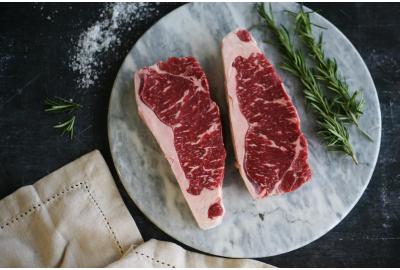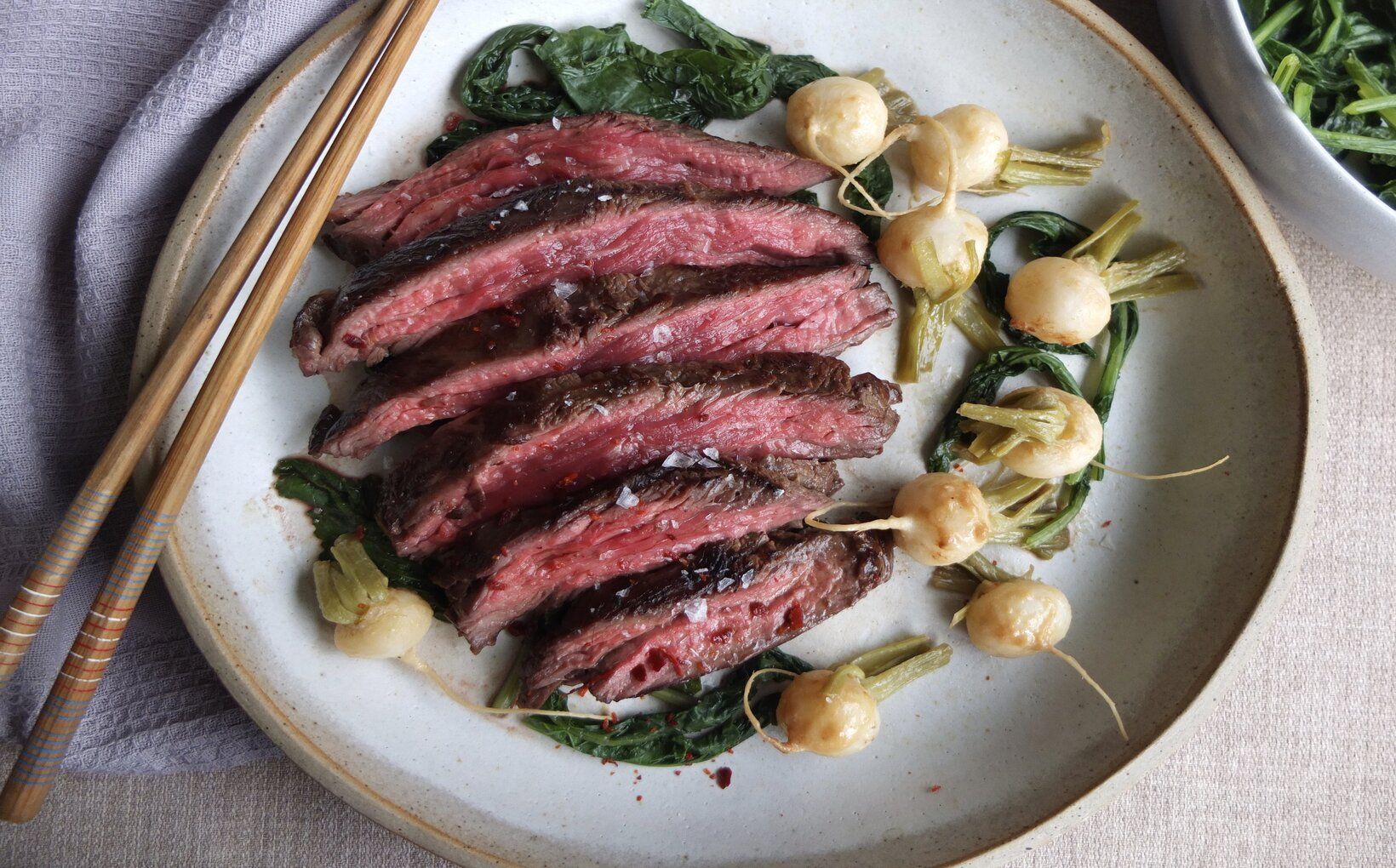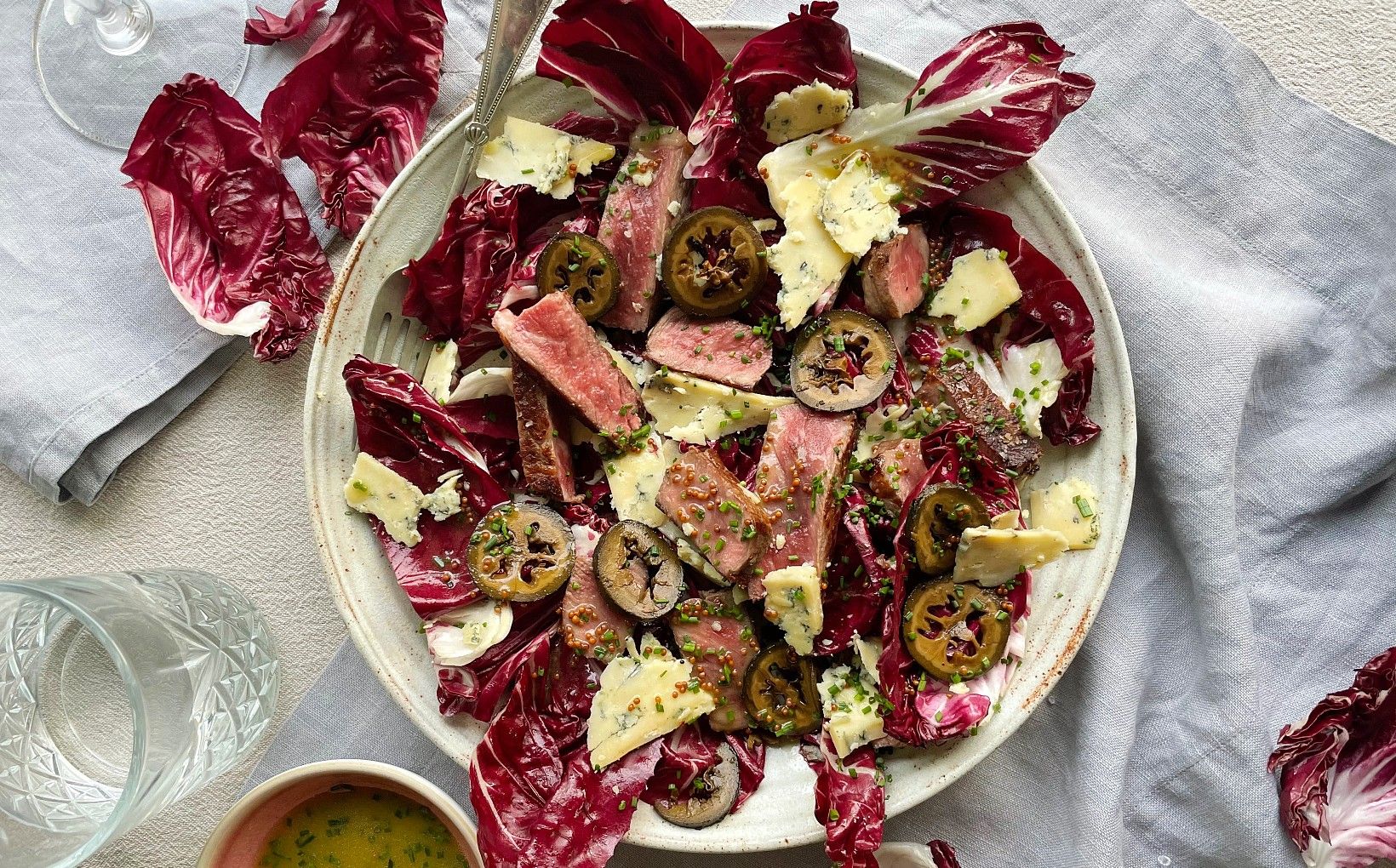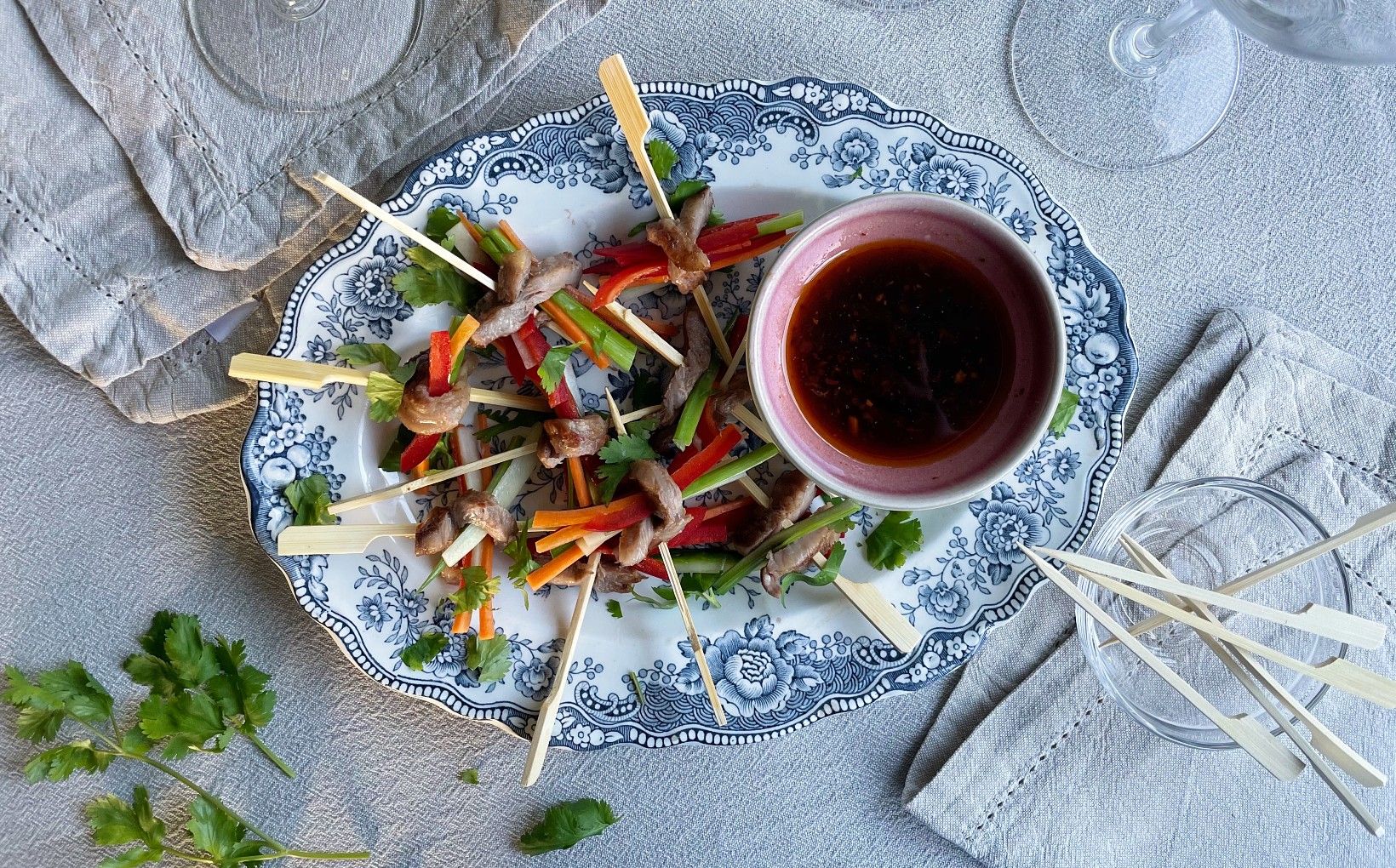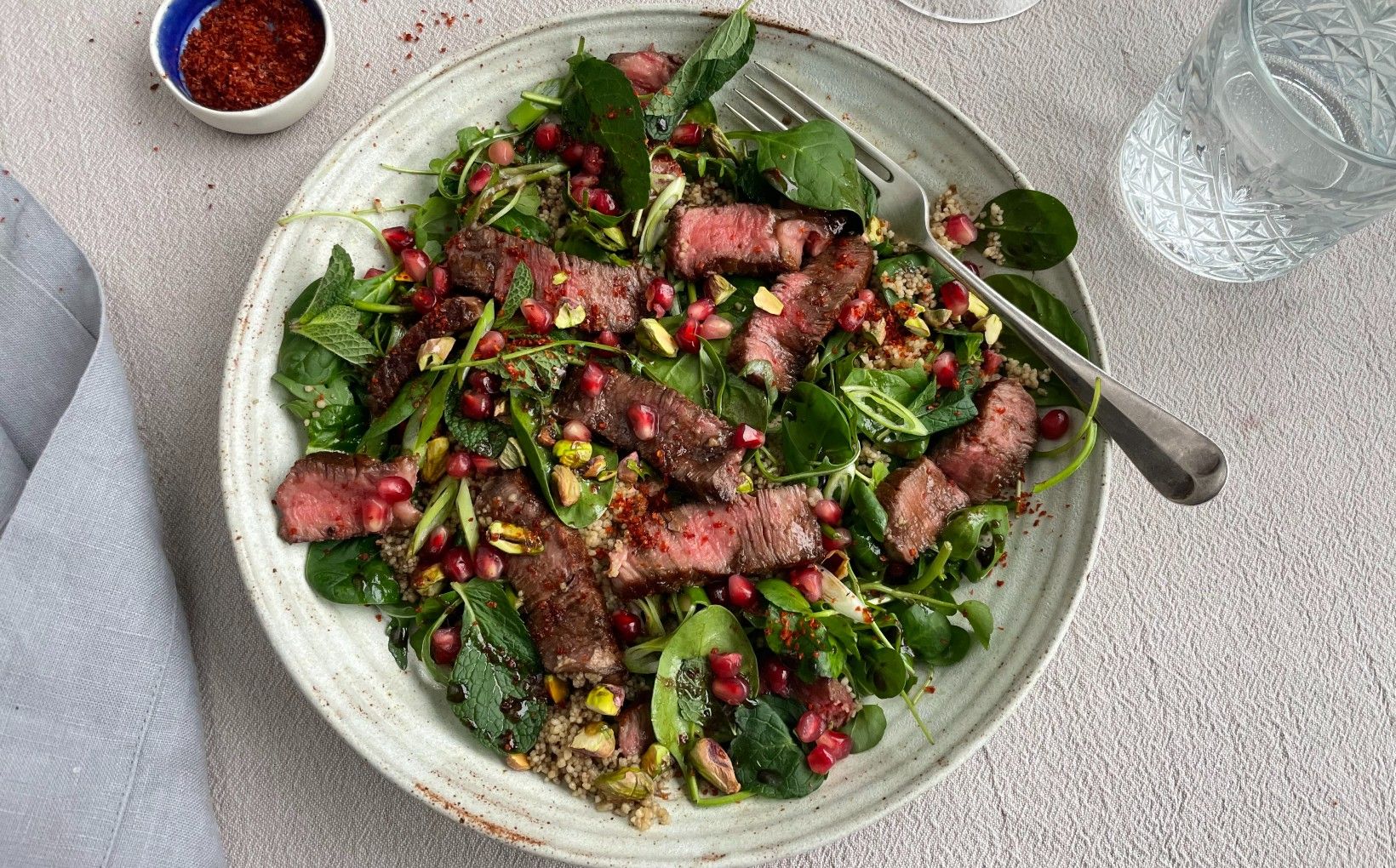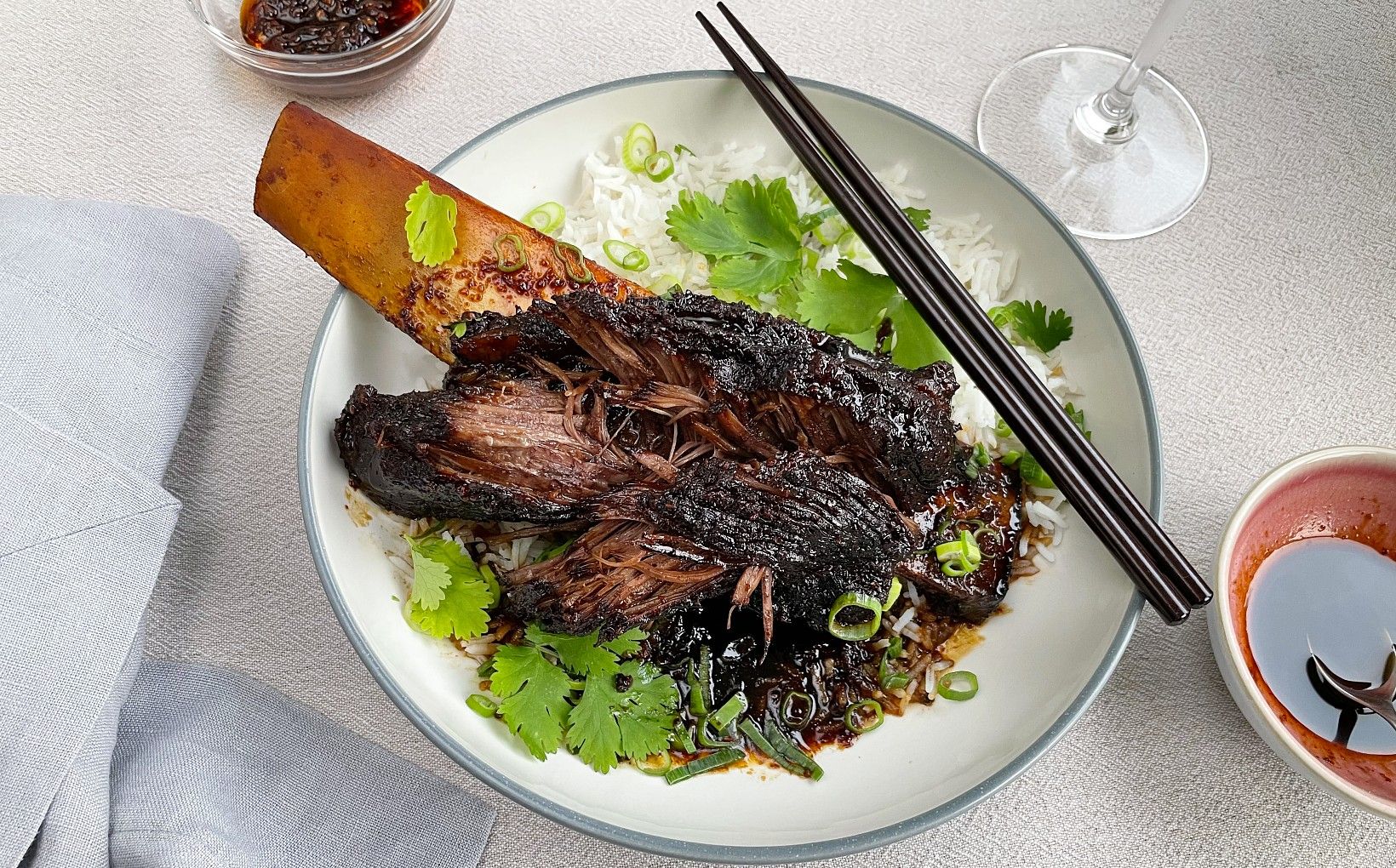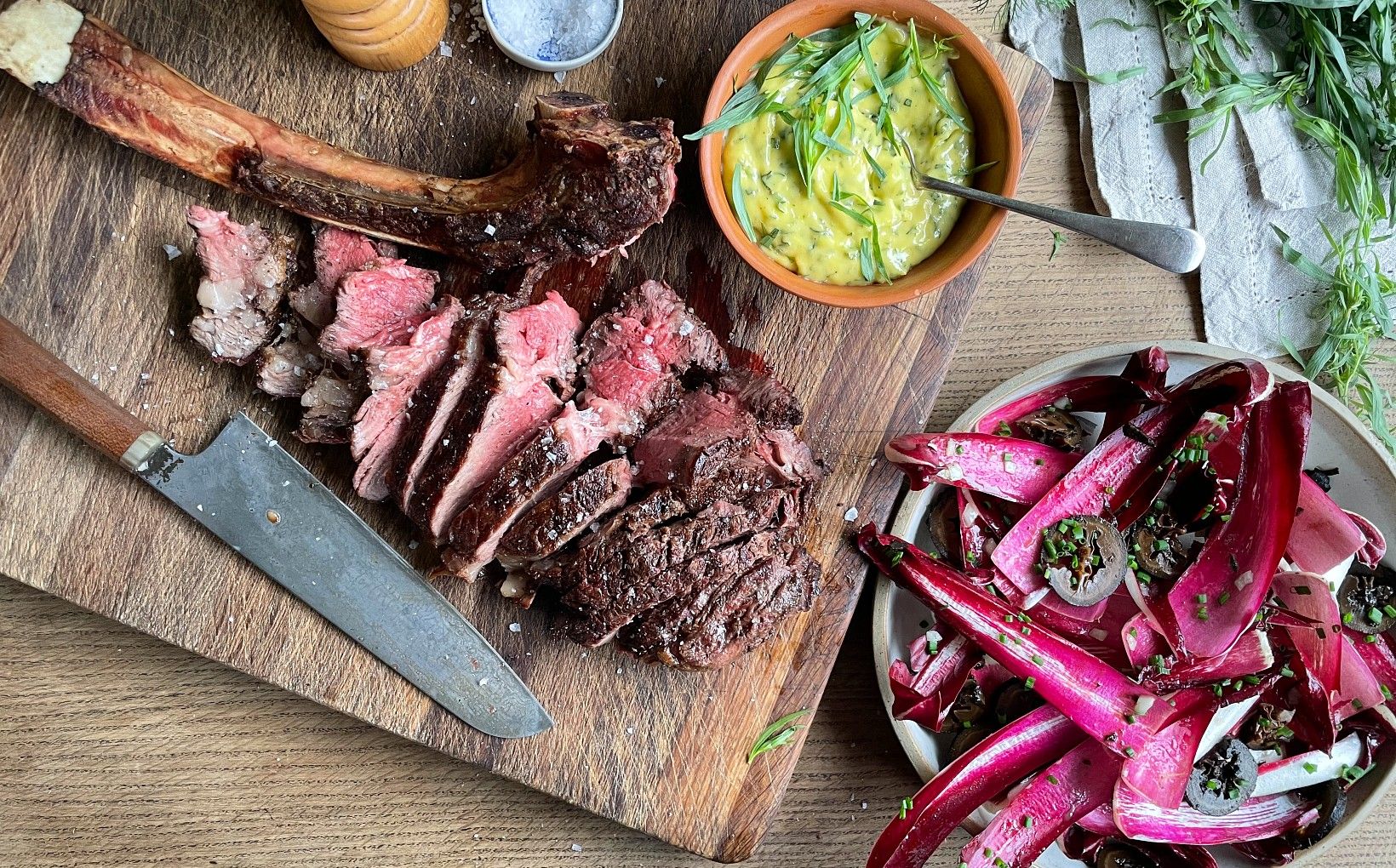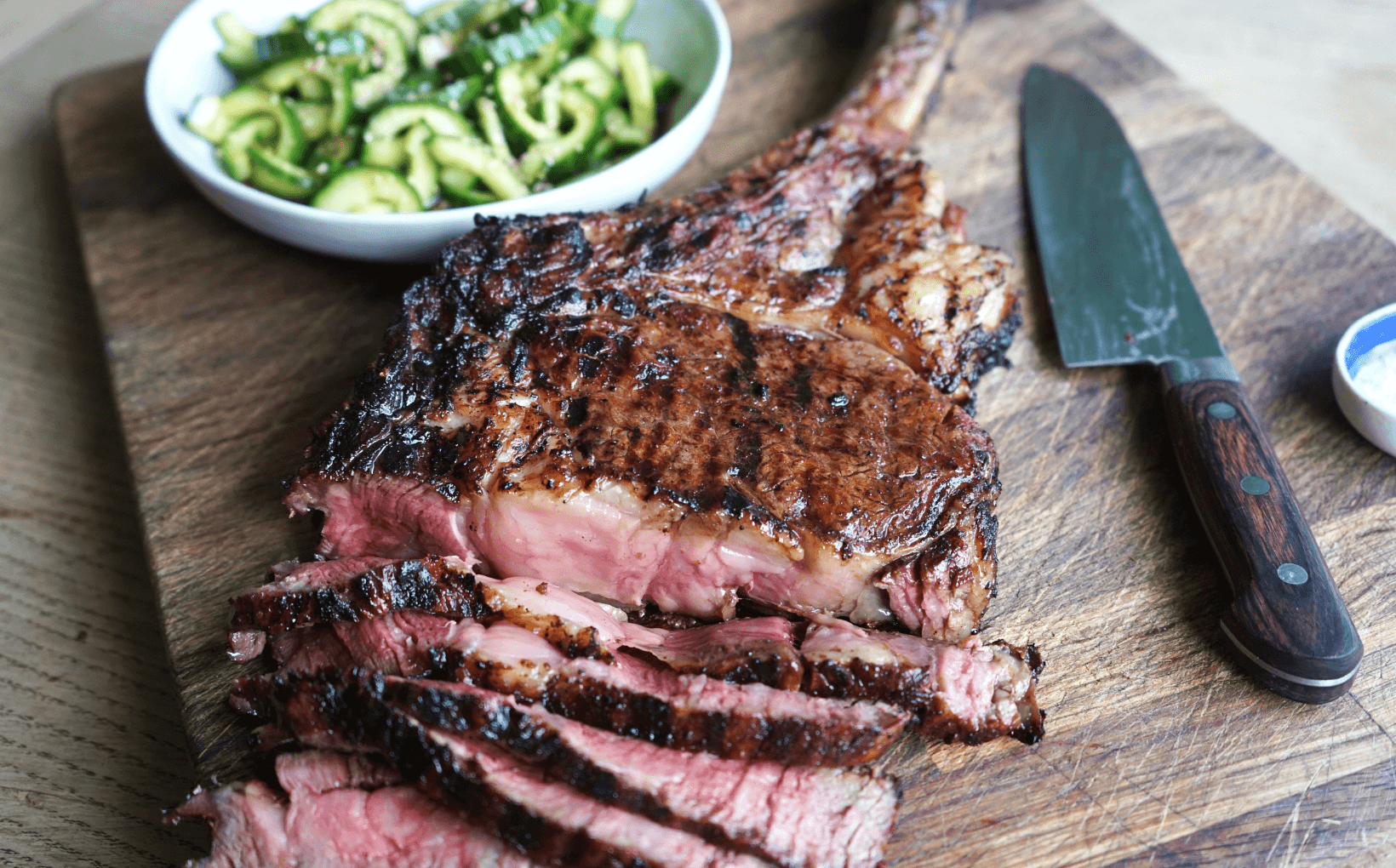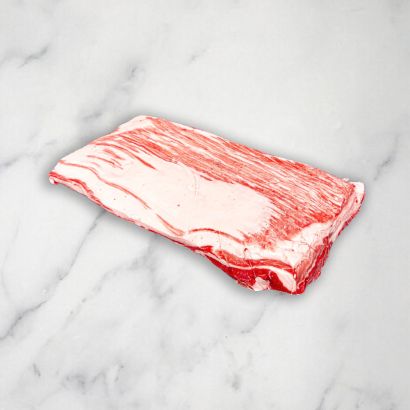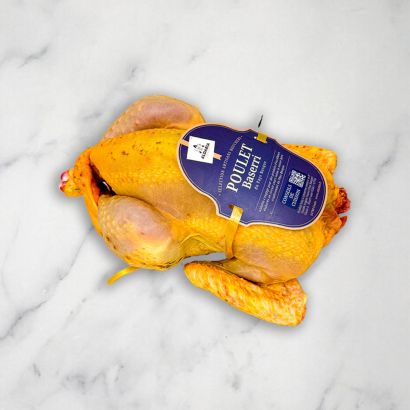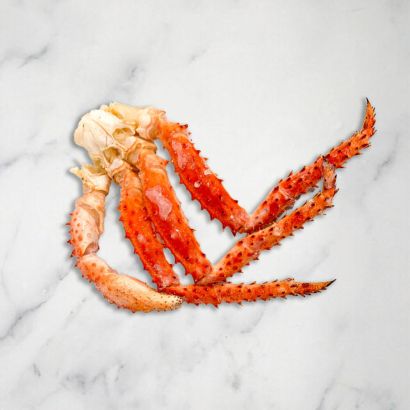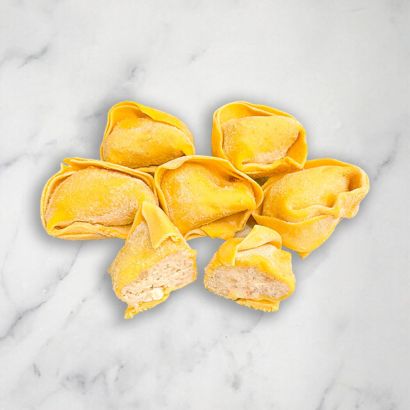Wagyu is widely regarded in the beef industry as a luxury food thanks to its high standards of production, creating a beautiful end product that is enjoyed by many around the world. Wagyu beef has been featured on the menus of many high-end restaurants and is consistently favoured by purveyors of fine food. This gourmand staple is truly a must-try experience and we are delighted to offer a fantastic range of Japanese, British, and Australian wagyu to our wonderful customers. For regular wagyu consumers and those that are yet to try it, we have put together this guide to help you understand more about this fantastic product.
What Does Wagyu Mean?
The term ‘wagyu’ literally translates to Japanese cattle, but also specifically refers to the four unique classes of purebred cows. Black (Kuroge), Brown (Akage), Shorthorn (Nihon Tankaku) and Polled (Mukaku) are the four native breeds. The common ancestor of these cows is the Tajima cattle which were predominantly used for farming and agricultural purposes as they are fantastic endurance animals. These strong breeds of cow were found to have a unique disposition to storing marbled fat inside the muscle tissue, which means that the delicious fat is nicely integrated throughout the muscle.
What is the Difference between Wagyu from Japan and other Countries?
Each country has their own grading system for assessing the quality of the wagyu beef plus each farm will have their own unique set of conditions from climate to soil and even water supplies which can alter the taste of the beef. Wagyu farms place a huge emphasis on the environment in which the cattle are raised, and go to great lengths to ensure that the cows lead a stress-free and healthy life with plenty of space to roam around. Genetics also plays a huge part in the varying flavours of wagyu on the market. Wagyu was protected as a ‘national treasure’ by the Japanese government up until the 1970’s. Since then, wagyu breeds have been brought to Australia and Britain and have expanded into their respective beef industries. Japan has much more detailed grading assessments in comparison to Australia and the UK, placing a great emphasis on marbling and the purebred status of the cattle.
Grading Systems and Marble Scores
Japanese Wagyu
Japan has strict criteria for classifying beef as wagyu from the breed of the cow down to the grain it feeds on. Each cow is individually assessed to prove that they are genuine wagyu to prevent imitation breeds from making their way into the market. The Japanese Meat Grading Association (JMGA) grades the wagyu based on the yield of a cow and the quality of the meat.
Yield means how much high quality meat does one cow produce and is graded from C to A, with A being the highest possible grade.
|
Yield score |
Assessment |
|
A |
Above average |
|
B |
Average |
|
C |
Below average |
The criteria for quality is based on marbling, colour and brightness, firmness and texture, and lustre and quality of fat– this is graded out of 5, with 5 being the best. A further score is awarded based on the marbling of the beef and its yield. The beef marbling score (BMS) is graded from 1 to 12, with grades 8-12 being the most outstanding quality of marbling.
|
Quality Score |
Assessment |
Beef Marbling Score |
|
5 |
Exceptional |
BMS 8 - 12 |
|
4 |
Excellent |
BMS 5 - 7 |
|
3 |
Very good |
BMS 3 - 4 |
|
2 |
Good |
BMS 2 |
|
1 |
Average |
BMS 1 |
Australian Wagyu
Australian wagyu is graded in a similar way to Japanese beef with the BMS system quality only assessing 1-10 instead to 12.
British Wagyu
British wagyu are also graded according to the main criteria of marbling, colour and brightness, firmness and texture, and quality of fat.
A Guide to the Different Cuts of Wagyu Beef
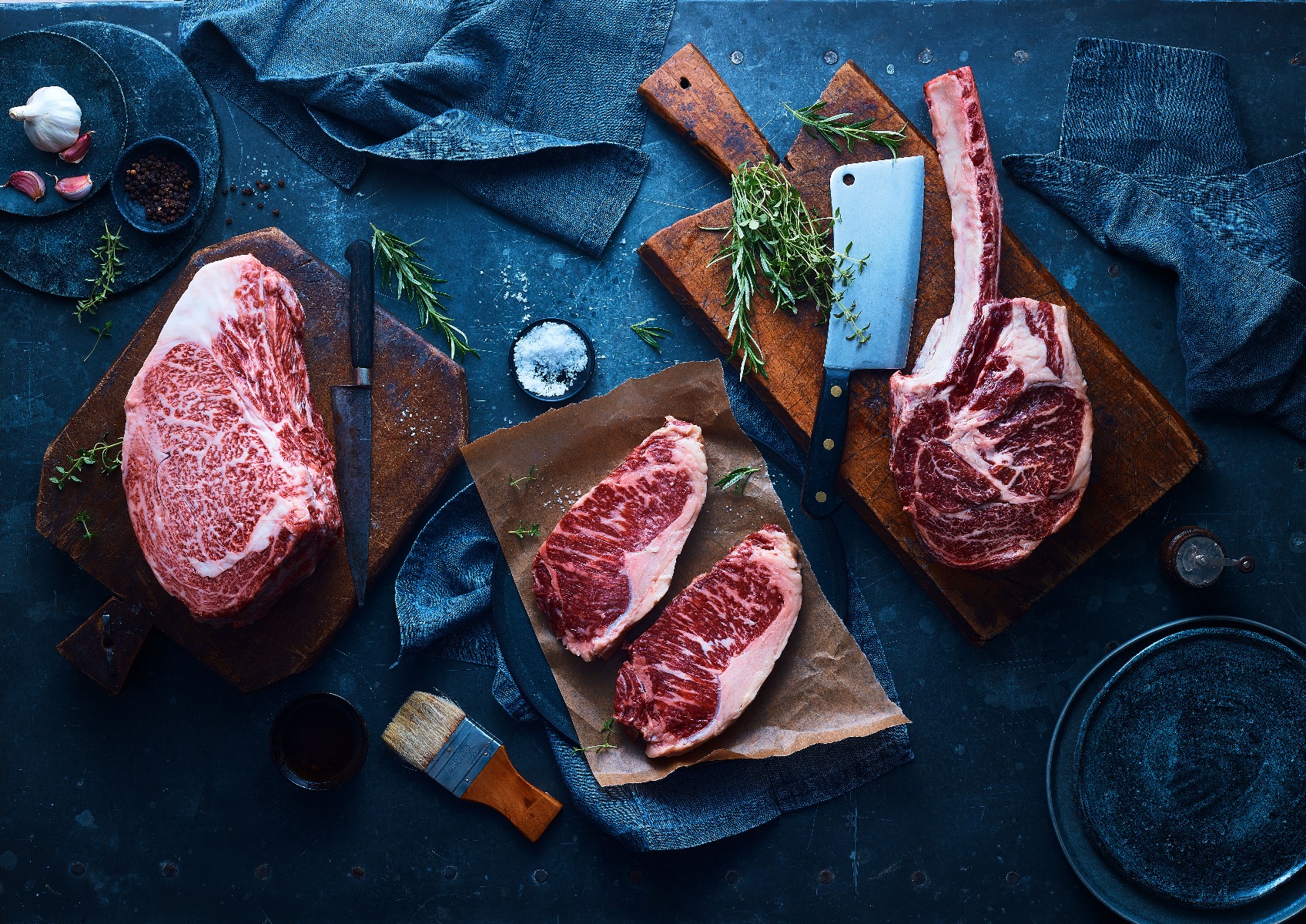
You may be familiar with the most popular cuts of beef such as sirloin, ribeye, and chuck, however there are many delicious varieties for you to explore on our site. Each cut offers a slightly different flavour and texture. Certain cuts may be optimally prepared to enjoy their unique qualities too. Scroll down for tips on how to best select and cook your cut of wagyu!
Sirloin
One of the most popular cuts of wagyu, the loin of the cow offers a rich, full-bodied taste that is truly incomparable. It is often heralded for offering the most characteristic flavours of wagyu, as it boasts the finest qualities associated with this type of Japanese beef. The marbling of the sirloin is beautiful, creating a buttery, melt-in-the-mouth experience. Sirloin is best prepared simply as a steak or for a shabu-shabu.
Ribeye
The ribeye is another hugely popular cut of beef that comes from the middle of the rib, typically between the sixth and the twelfth. This is a heavily marbled cut with a channel of fat running through, creating the ‘eye’ of steak. The fat of the beef is what lends the steak much of its richness. The ribeye is best cooked to medium rare to allow the fat to render and create a depth of flavour.
Tomahawk
Tomahawk is a full ribeye steak with a French-trimmed rib bone. It is a real showstopper cut of wagyu and is perfect for special occasions when you want to impress, plus it is ideal for sharing. The bone is not only there for beautiful presentation, it also releases flavour when cooked. Due to the large size of this cut, we’d recommend searing and then roasting in the oven.
Rib Cap
The rib cap is truly the best of both worlds as it offers the beautiful flavour of ribeye and the juicy, tenderness of the tenderloin. The rib cap is the surrounding meat of the ribeye, cut from the top side of the ribeye joint - this is an optimal section in terms of taste and texture. Rib cap is a real treat for wagyu lovers, as the rib area has gorgeous intramuscular fat.
Short rib
Short ribs are a great budget cut and are best slow-cooked on a low heat to allow their flavour to be released and help retain their juiciness. After a couple hours of cooking or until fully tenderized, finish in an oven with a sticky glaze.
Chuck Denver
This cut comes from the underside of the shoulder blade, a muscle area which is not utilised as much by the cow. This tender part of cow is very different in texture to the shoulder, which does get a lot of exercise. The resulting fattiness of this cut of beef creates fantastic marbling which will impart great flavour. Another bonus of this specialist cut is that it is slightly cheaper without compromising on texture or taste. Chuck Denver is best for BBQs, grilled on a high heat to maximise tenderness and juiciness.
Bavette
Bavette is French for flank steak, and is also colloquially known as the ‘butcher’s cut’ as they were known to reserve this meat for themselves. This loose textured, flat cut of beef comes from the abdominal muscles of the cow. The flank is most similar to the skirt, but tends to be slightly broader, flatter, leaner. Cook at a high temp to help retain moisture.
Fillet
The fillet is considered by many as the best cut of the cow thanks to its buttery soft mouthfeel and sweet flavour. Cut from the tenderloin, which is a lean and tender section of the cow, the coveted fillet has a high marbling content. Another reason for its desirability is that it is less abundant in supply than other cuts of beef. Keep it simple and cook on a hot, dry pan no further than medium rare.
- Frequently Asked Questions –
What is the best grade of wagyu?
The highest grade is A5 with a BMS between 10 and 12 such as our selection of Japanese sirloin and ribeye.
What gives wagyu its unique taste and texture?
The conditions that wagyu cattle are reared in are the most important factors in creating a delicious wagyu beef product. The wagyu cattle are fed in a specific way on a special diet of grains and do not lead a sedentary or confined life. The cattle are given plenty of grasslands to roam and spring water. The genetic disposition of the wagyu to store fat internally is the largest contributor to the fantastic taste, which is incomparable to any other type of beef.
What is the best cut of wagyu beef?
The cuts you prefer is a personal choice and depends on how you enjoy your beef. Sirloin is the most typically sought after cut of wagyu beef as it boasts fine marbling. Ribeye is another hugely popular cut as it is highly marbled and has great fat content. Rib cap is a great option as it offers the best of both the tenderloin and rib eye area. The fillet is a highly sought after cut as it is rarer and is considered the best cut by many connoisseurs for its texture and flavour.
How to cook wagyu steak?
There is no perfect way to cook your meat as it is entirely up to you how well done it is cooked and with what accompaniments. Each cut of meat is slightly different in terms of texture and taste and requires slightly different care to ensure that the beef remains optimally moist and tender. We would recommend choosing a quality piece of equipment such as a cast-iron skillet or a Yakiniku clay grill. Preparing wagyu doesn’t need to be complicated and cooking at a high heat helps retain moisture and prevent overcooking as the fat can render quickly. Wagyu is generally best cooked to a medium rare to enjoy its unique texture and flavour. Resting the meat before serving is also important. For recipes and ideas head to Drogo’s Kitchen or check out our YouTube channel for tips and tricks.
How should I store my wagyu?
We sell a great variety of fresh and frozen wagyu beef from Japan, Britain, and Australia. Once your fresh wagyu arrives it is best to consume within a few days (check the expiry date) or to freeze down as soon as possible if you would like to keep it longer. Our frozen meats should last a few months in the freezer, but use your best judgement. Allow to defrost the day before or overnight in the fridge before cooking.
Do you sell any halal wagyu?
Our Australian wagyu BMS 4-5 and BMS 6-7 is halal certified.
Wagyu Recipes from Drogo's Kitchen
Here are some of our favourite wagyu recipes for you to try. Tap the picture for the recipe!
Wagyu Bavette with Miso-Glazed Baby Turnips
Wagyu Sirloin, Pickled Walnut and Stilton Salad
Wagyu and Crunchy Roll Veg Canapes
Wagyu Sirloin and Pomegranate Salad
Red Cooked Wagyu Short Ribs
BBQ Tomahawk with Bearnaise and a Tardivo Salad and Pickled Walnut Salad
Barley Miso Marinated Tomahawk with Pickled Cucumber Salad
Explore our site now...
Browse our fantastic selection of wagyu beef and take a look at Drogo’s Kitchen for even more recipes and cooking advice. If you try out any of our ingredients or recipes please do tag us on social media! We love to see what you create.
Instagram | Facebook | Twitter | Pinterest | YouTube

